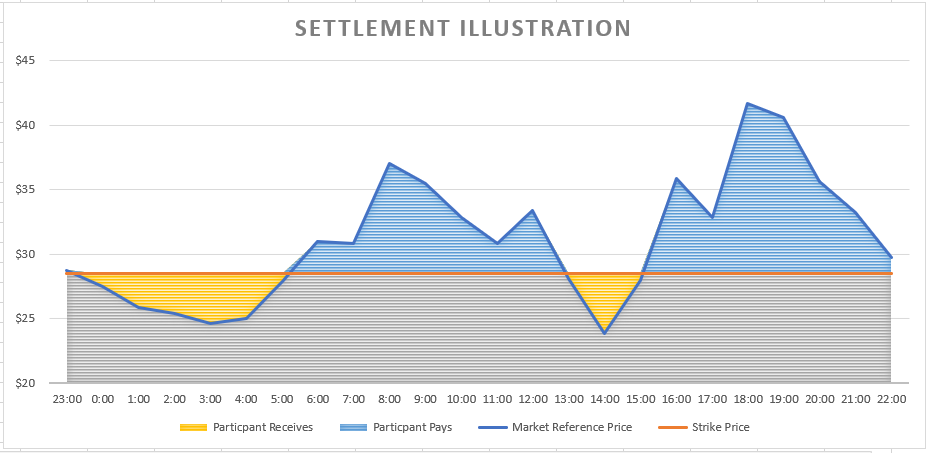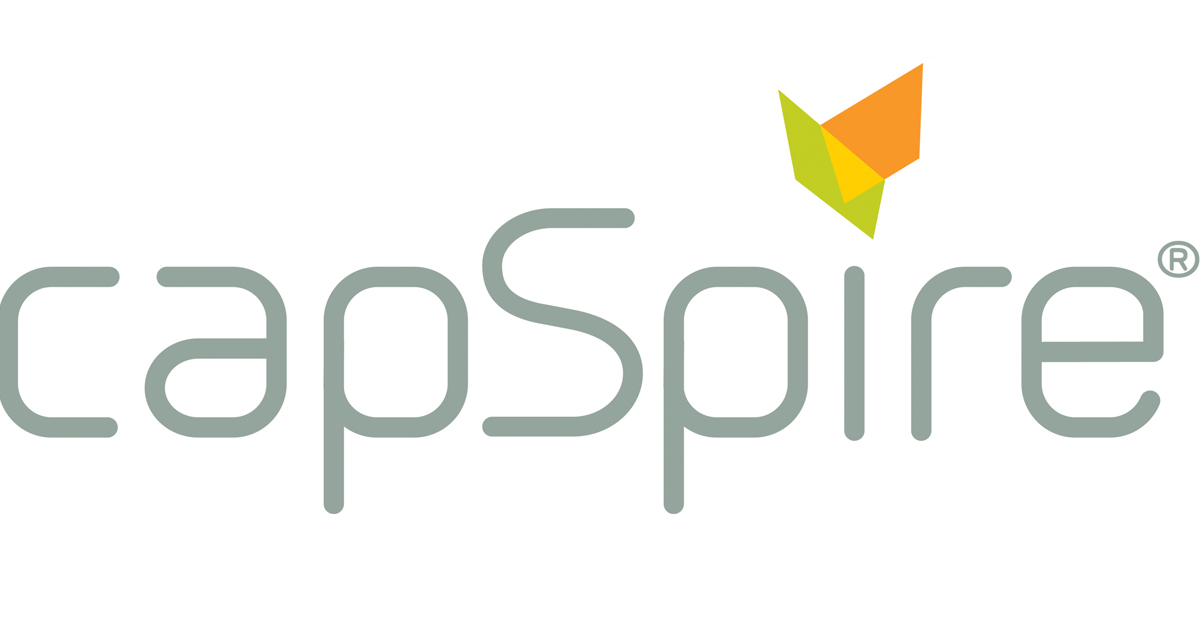Renewables are at the forefront of electricity discussions in the current landscape of the Irish Single Electricity Market with Renewable Energy Support Scheme (RESS) 1 taking centre stage. In this blog I’ll outline what RESS 1 is (and isn’t) and the opportunities and challenges it brings
RESS 1 is a government scheme to promote investment in renewable energy in Ireland and help us achieve our renewable energy goals at a national and European level. It aims to provide this support through a framework that will allow projects to apply, qualify and participate in auctions with the goal of clearing and participating in the market. This will be funded via PSO levy1 which is added to everyone’s electricity bill. This approach is in line with previous schemes relating to renewables and security of supply. At the most basic level, participants that clear the auction will then essentially be engaging in a CfD* with their bid price as their strike price (SP). The contract will then settle against a Market Reference Price (MRP). When MRP exceeds the SP, generators will pay the difference and when SP exceeds MRP, the generators will receive the difference, where MRP is greater than 0. This caveat is notable as we have seen a significant number of periods in the DAM clear below 0 since the beginning of I-SEM. The former is a new component of risk for the generators when compared to REFIT where a minimum price was guaranteed, regardless of outturn prices. Market Reference Price is defined by the DCCAE as:
(a) Variable, the market reference price used to settle the FIP will be the hourly
DAM Price; and
(b) Non-Variable, the market reference price used to settle the FIP will be the
time-weighted average of the DAM Price calculated over the relevant PSO
Levy Year (or part thereof in any instance where a period of RESS 1 Support
does not coincide with a full PSO Levy Year)^2

The department does reserve the right to review the suitability of using the DAM Price at any time and can replace it with a feasible alternative.
Compensation for curtailment is also covered under the scheme where participants see significant levels of curtailment, which is defined as being greater than 10%. Compensation is calculated as:
Compensation = TQMLF x Strike Price x CFactor
Where:
(1) TQMLF is the total Loss-Adjusted Metered Quantity of the RESS 1 Project in
the PSO Levy Year (in MWh);
(2) Strike Price; and
(3) CFactor = (1 – 0.1) / (1 – (c)) – 1 if positive, and is otherwise set to zero.2
New elements of this scheme, when compared to REFIT, include the community-led category (which reserves capacity for community-led projects) and a solar category. While the community-led reserved volume is quite low3, it is encouraging to see citizens being included. It is important to note that RESS 1 is not a microgeneration scheme for individuals to participate in; this volume of output is outside of scope, as the minimum project size is 500kW. However, there is currently a working group assembled with the remit of delivering a work programme that will allow for consumer-level microgeneration. As the journey towards a greener, more flexible grid continues, the participation of individuals will become increasingly important. The solar category has been welcomed by developers as it is an area that lacked government incentive to date. Solar irradiation levels in parts of Ireland are comparable to northern France at ~1000kWh/m2 and the technology is more affordable than ever to acquire.
RESS 1 has created opportunities not just for infrastructure developers and communities but also for the advisory, trading & operations sectors. Legal firms and advisory houses have been publishing papers and advertising services that will aid developers and communities navigate the bureaucracy of the application process and to understand the requirements, costs and risks involved in participating. Participants are required to either enter a PPA with a supplier or to adopt the “supplier lite” approach, where new supply companies as well as generation companies need to be incorporated. That is, projects which choose the supplier lite route will manage market participation themselves. The PPA option provides new opportunities in an existing sector for firms that provide market access services to reduce the operational and market risk involved in trading renewable power.
Continuing to add renewable generation to the grid is essential for meeting our climate obligations but it does come with some challenges. The nature of renewables means that they cannot be solely relied on to provide power to the grid; thermal generation has an important role to play in providing system security. As the generation mix diversifies, challenges exist for participants in the thermal space to maintain their levels of profitability. Mid merit thermal units will need to become increasingly competitive over a shrinking share of the market and the more flexible thermal units will see DS3 payments become a larger percentage of their income if their Energy Revenue continues to erode.
Although the impact of RESS remains to be seen, the technical and environmental ambition of the DCCAE and Eirgrid keep Ireland at the forefront of renewable penetration levels across the globe. RESS is attempting to build on REFIT and provide more value to the customer in terms of €/MWh, while diversifying our renewable generation stack and incentivising economic activity across a variety of sectors. Over the coming months and years, I look forward to observing the opportunities being seized and the challenges overcome.
*Contract for Difference but referred to as a Feed in Premium (FIP) in the context of RESS
1PSO (Public Service Obligation) Levy is a support mechanism for renewable generation, domestic fuel fired generation and certain generation required for security of supply on the island. The levy is imposed on all customers on every electricity bill
2 Terms and Conditions for the First Competition Under the Renewable Energy Support Scheme
https://assets.gov.ie/77081/91c12fdb-c152-4f8e-80a8-124c6fe3d841.pdf
330GWh for community-led projects and 3000GWh for solar









